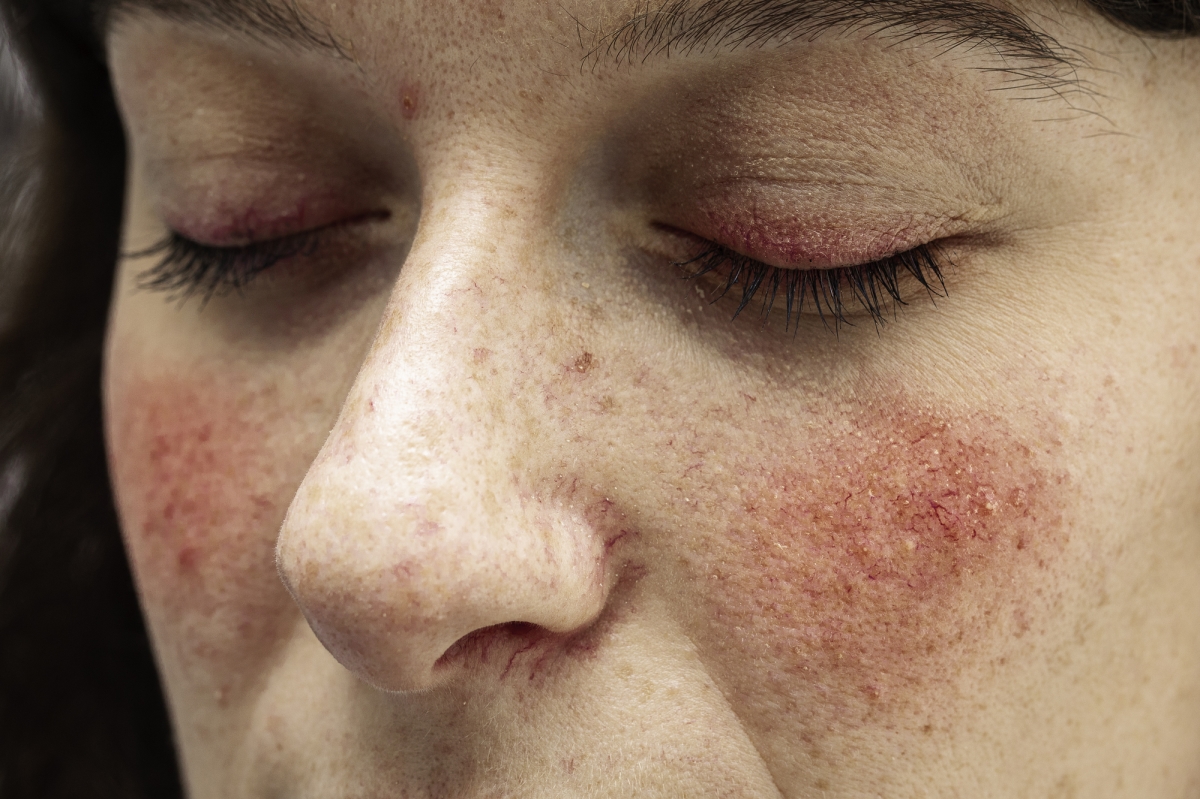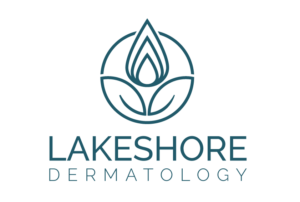Rosacea is a chronic inflammatory skin condition predominantly affecting the central face and most often starts between the age of 30–60 years.
Rosacea is common and is characterized by persistent facial redness. It typically has a relapsing and remitting course, with symptoms controlled by lifestyle measures, general skin care, medications, and procedural interventions.
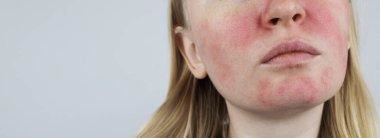
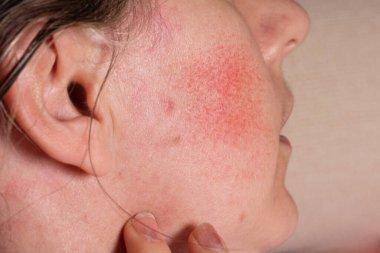
Rosacea is estimated to affect around 5% of adults worldwide. Although rosacea is often thought to affect women more than men, studies have revealed an approximately equal gender distribution.
Anyone can develop rosacea. But you may be more likely to develop it if you:
- Have skin that burns easily in the sun.
- Are between the ages of 30 to 50 years.
- Have a history of smoking.
- Have a family member with rosacea.
Rosacea has been associated with depression, hypertension, cardiovascular diseases, anxiety disorder, dyslipidemia, diabetes mellitus, migraine, rheumatoid arthritis, Helicobacter pylori infection, ulcerative colitis, and dementia.
Symptoms of rosacea include:
Facial redness and flushing:
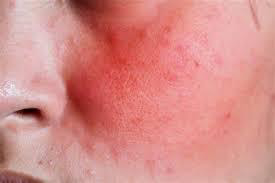
Rosacea can make your face flush more easily. Over time, you may notice that your face stays red. Depending on skin color, redness may be subtle or look more pink or purple.
Visible veins:
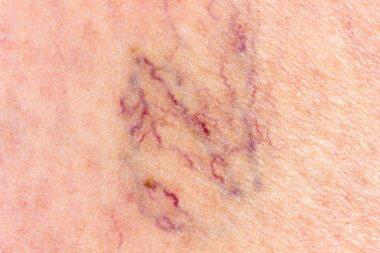
Small blood vessels of the nose and cheeks break and become larger. These are also called spider veins. They may be subtle and hard to see, depending on skin color.
Swollen bumps:
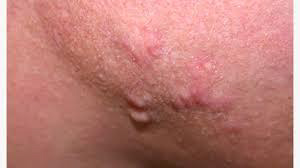
Many people with rosacea develop pimples on the face that look like acne. These bumps sometimes contain pus. They also may appear on the chest and back.
Burning sensation: The skin of the affected area may feel hot and tender.
Eye problems:
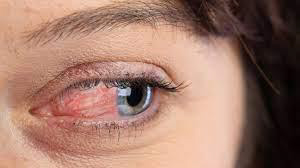
Many people with rosacea also have dry, irritated, swollen eyes and eyelids. This is known as ocular rosacea. Eye symptoms may show up before, after or at the same time as skin symptoms.
Enlarged nose:
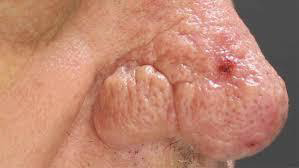
Over time, rosacea can thicken the skin on the nose, causing the nose to look bigger. This condition also is called rhinophyma. It occurs more often in men than in women.
Cause: The cause of rosacea is not known. It could be due to genetics, an overactive immune system or things in your daily life. Rosacea is not caused by poor hygiene, and you can’t catch it from other people.
The pathogenesis of rosacea is thought to be multifactorial and includes:
Genetic susceptibility
- Association with single nucleotide polymorphisms related to the class II major histocompatibility complex.
- Altered microbiome of the skin and gut
- Bacterial overgrowth of the small intestine, Helicobacter pylori infection, and increased density of Demodex folliculorum and Staphylococcus epidermidis on the skin may play a role in skin inflammation.
- Dysregulation of the immune response may lead to excessive inflammation, vasodilation, lymphatic dilatation, and angiogenesis.
Neurocutaneous mechanisms
- Triggers include ultraviolet (UV) radiation, temperature change, exercise, spicy foods, alcohol, psychological stress, air pollution, and tobacco smoking.
- Impaired skin barrier
- Affected skin displays features indicating skin barrier impairment, allowing bacterial colonization and inflammation.
Adaptive immunity
- Dominant T-helper (Th)1/Th17 gene expression in all features of rosacea.
- Increased Th17 expression can increase levels of cathelicidin LL-37 in keratinocytes and drive further inflammation.
Flare-ups might be brought on by:
- Sun or wind.
- Hot drinks.
- Spicy foods.
- Alcohol.
- Very hot and cold temperatures.
- Emotional stress.
- Exercise.
- Drugs that dilate blood vessels, including some blood pressure medicines.
- Some cosmetic, skin, and hair care products.
Diagnoses: Rosacea is diagnosed clinically in the majority of cases. Diagnosis is made according to diagnostic and major criteria recommended by the 2017 Global Rosacea Consensus (ROSCO) panel. This requires one diagnostic criterion or two major criteria to be fulfilled.
In patients with darker phototypes where erythema and telangiectasia (visible blood vessels) is more difficult to visualize, greater emphasis may be placed on other major and minor features.
Diagnostic criteria
- Persistent centrofacial erythema associated with periodic intensification by potential trigger factors
- Phymatous changes.
- Major criteria (must occur in centrofacial distribution)
- Flushing/transient centrofacial erythema
- Inflammatory papules and pustules
- Telangiectasia — visible blood vessels (excluding nasal alar Telangiectasias, which are common in adults)
- Ocular rosacea (lid margin telangiectasia, blepharitis, keratitis/conjunctivitis/sclerokeratitis/anterior uveitis).
These self-care tips may help you calm your skin and prevent flare-ups:
Identify and avoid things that make your symptoms worse. Notice what tends to cause flare-ups for you and avoid those things.
Protect your face. Use a broad-spectrum sunscreen or moisturizer containing sunscreen with an SPF of at least 30, even on cloudy days. Apply sunscreen generously. Reapply every two hours, or more often if you’re swimming or sweating.
People with rosacea might benefit from selecting sunscreens that contain titanium dioxide, zinc or both. These are called mineral-based sunscreens or physical sunscreens. Examples include Eucerin Sensitive Mineral Zinc Oxide Protection, La Roche-Posay Tinted Mineral, and others. Or look for products with silicone, such as dimethicone, or cyclomethicone.
Apply sunscreen after you put on any medicine for your face and before applying makeup, if you use it.
Take other steps to protect your face, such as wearing a hat and avoiding the midday sun. In cold, windy weather, wear a scarf or ski mask.
Treat your skin gently. Don’t rub or touch your face too much. Use a non-soap cleanser two times a day and moisturize. Some face creams may help reduce redness. Products made for the face that contain azelaic acid, dicarboxylic or niacinamide may help with rosacea symptoms. These products are available without a prescription.
Choose fragrance-free products, and avoid those that contain skin irritants such as alcohol, camphor, urea and menthol.
Reduce facial symptoms with makeup. Some makeup products may help reduce the facial flushing common with rosacea. For example, green-tinted makeup can help cover up the red color. Avoid alcohol-based gels and thin lotions.
Treatment
If your symptoms don’t improve with the self-care tips, talk with a member of your healthcare team about a prescription gel or cream. This kind of medicine may help ease symptoms. For more serious rosacea, you might need prescription pills. Laser treatment may be used to reduce flushing and enlarged blood vessels in the face.
How long you need treatment depends on the type of rosacea you have and how serious your symptoms are. Even if your skin calms with treatment, the symptoms often return.
Medicines: Several medicines are used to help control rosacea symptoms. The type of medicine you are prescribed depends on your symptoms. For example, some medicines or treatments work better for flushing, and some medicines work better for pimples and bumps.
Medicines for rosacea include:
Gels or other products applied to the skin.
Other prescription topical products help control the pimples of mild rosacea.
Antibiotic medicine taken by mouth. For more serious rosacea with bumps and pimples, you may be prescribed an oral antibiotic pill such as doxycycline (Oracea, others).
Acne medicine taken by mouth. For severe rosacea that doesn’t respond to other medicine, you may be prescribed isotretinoin (Amnesteem, Claravis, others). It’s a powerful oral acne medicine that also helps clear up the bumps of rosacea. This medicine is not to be taken during pregnancy as it can cause birth defects.
Laser treatment: Laser treatment can help improve the look of enlarged blood vessels. It also can help the long-term redness of rosacea. And it often works better than a cream or a pill for this symptom. Because the laser targets visible veining, this method is most effective on skin that isn’t tanned, brown or Black.
Common side effects include redness, bruising and mild swelling for a few days following the treatment. Rare side effects include blistering and scarring. Icing and gentle skin care help while you heal. On brown or Black skin, laser treatment might cause long-term or permanent changes to the color of the treated skin.
The full effect of the treatment might not be seen for weeks. Repeat treatments may be needed to keep the improved look of your skin.
Although rosacea is not a life-threatening condition, it is a chronic disease that requires long-term management of relapsing and remitting symptoms. Complete resolution of clinical features has been shown to prolong time to symptom relapse and have a greater positive impact on quality of life compared with incomplete resolution.

